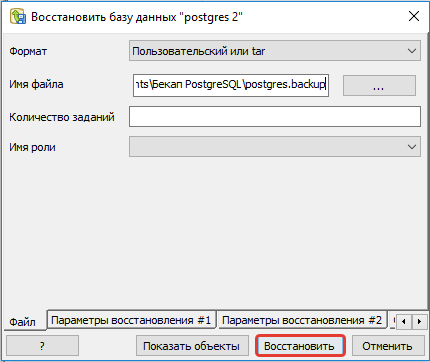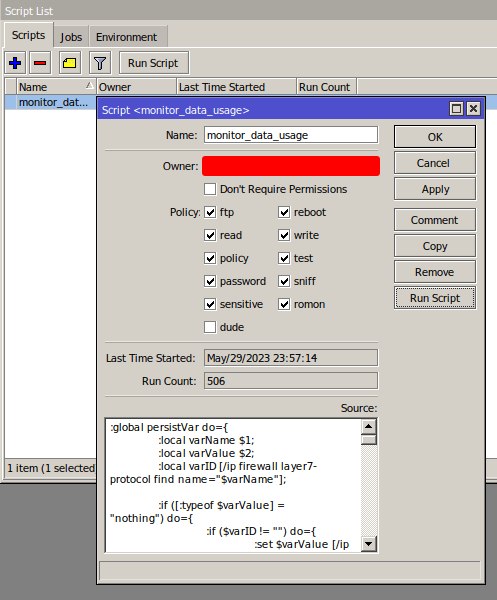How to Restore a PostgreSQL Database?
PostgreSQL is a powerful relational database management system widely used in many applications and websites. However, like any other database, PostgreSQL can sometimes be subject to various kinds of failures or errors that can lead to data loss. To avoid losing valuable information, it’s important to know how to restore a PostgreSQL database.
1. Creating a Database Backup
Before you start restoring a PostgreSQL database, you need to create a backup of the data. You can use the pg_dump command for this:
pg_dump -U username database_name > backup.sql
This command will create a backup of the database in the backup.sql file.
2. Restoring Data from a Backup
To restore data from a backup, you can use the psql command:
psql -U username database_name < backup.sql
This command will restore the data from the backup into the database.
3. Checking Data Integrity
After restoring the PostgreSQL database, it is recommended to perform a data integrity check using the pg_dump command:
pg_dump -U username --data-only database_name | psql -U username database_name
This command will help ensure that the data was restored correctly and that the database integrity is not compromised.
4. Restoring from Archive Log
In the event of a PostgreSQL database crash, you can use the archive log to restore the data. First, you need to enable log archiving in the postgresql.conf configuration file and set the wal_level = archive parameter.
To restore data from the archive log, you can use the pg_walreceiver command.
pg_walreceiver -D /path/to/archive -U username -W
This command will restore the data from the archive log and restore the database to operation.
Now you have several ways to restore a PostgreSQL database in case of a failure or error. Be careful when working with data and always make backups to avoid losing information!





